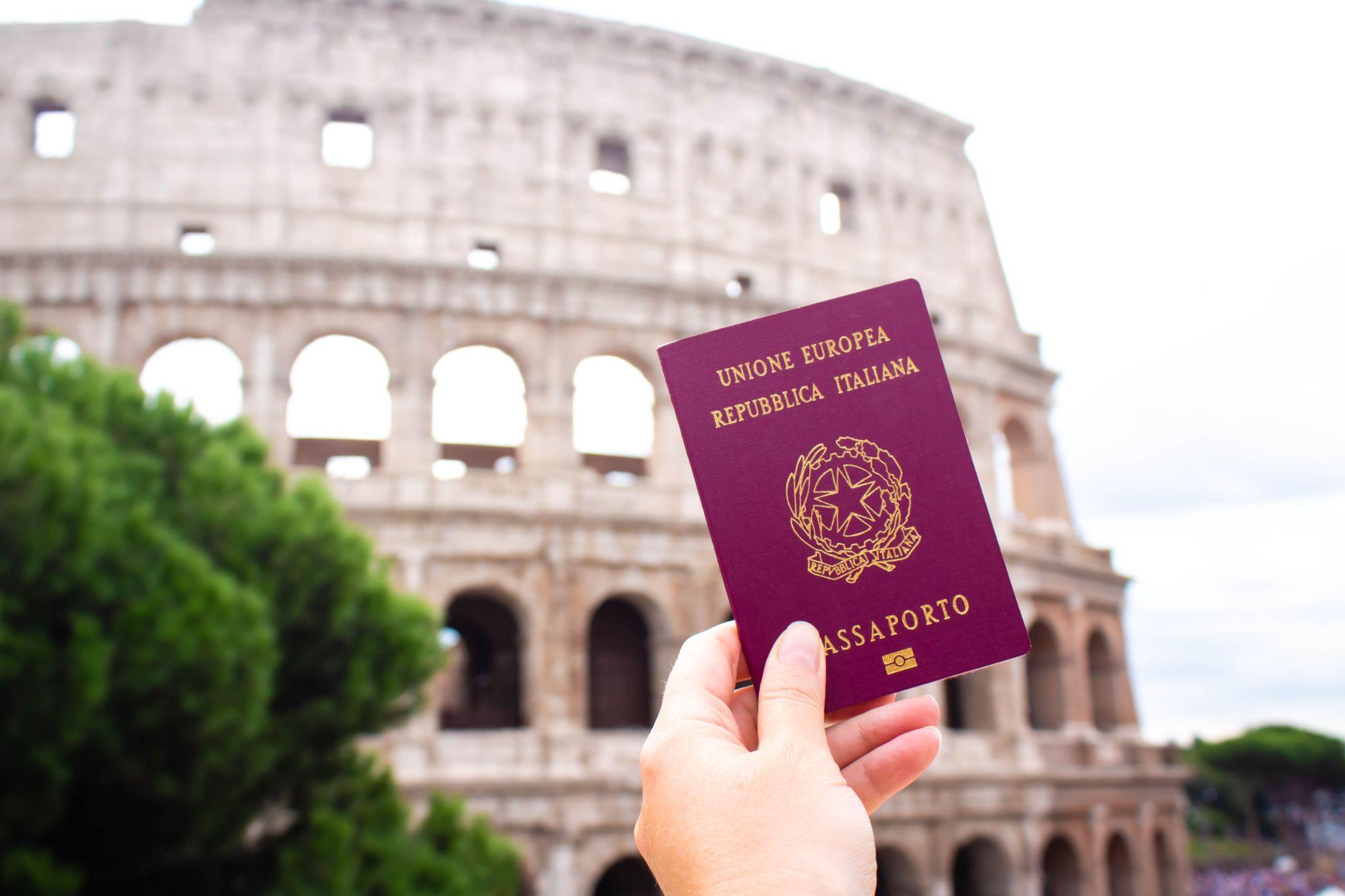9 Tips for Finding Italian Ancestry
9 Tips for Finding Italian Ancestry

Legal update (July 2025): Italian citizenship-by-descent rules now focus on parent/grandparent lines and require specific proof (e.g., exclusive Italian citizenship at the relevant time, or a qualifying two-year residence in Italy by a parent after acquiring citizenship and before the child’s birth). Automatic transmission to minors has ended, with a limited transitional window.
On July 31, 2025, the Constitutional Court issued Judgment No. 142/2025 reaffirming the principle of jure sanguinis as a birthright without generational limits; however, the ruling did not overturn Law No. 74/2025, which remains in force pending further review later in 2025.
Tip 1: Define your goal first—heritage vs. recognition under today’s rules
Start by deciding whether you’re building a broader family tree for heritage—or creating an evidence set that could support recognition under current law.
If your aim includes recognition today, focus your Italian genealogy research on a parent or grandparent and the specific proofs now required. For new administrative filings, lines through a great-grandparent are not covered by today’s exceptions (parent or grandparent only).
Tip 2: Start at home
Begin with what you already have. Talk to older relatives, scan photo albums, and note names, nicknames, towns of origin, and migration stories. Create a running list of dates and places tied to births, marriages, deaths, and immigration events.
Treat stories as leads, not conclusions. Cross-check every detail against records before treating it as fact.
Tip 3: Prioritize the qualifying line (parent/grandparent)
Map your direct line and identify the most recent Italian-born ancestor who can still qualify under current law—usually a parent or grandparent.
Your objective is to prove either (a) that this parent/grandparent held only Italian citizenship at the relevant time (e.g., on or before the child’s birth), or to confirm the absence of naturalization at that point, or (b) that your parent lived in Italy for two continuous years after acquiring Italian citizenship and before your birth (documented with historical residence certificates).
If your case was fully filed or properly appointed before the 2025 deadlines, note that evidence needs may differ—keep that pathway separate in your notes.
Tip 4: Use the right archives and databases
Use authoritative sources and cite them precisely in your notes.
- Portale Antenati (State Archives): Digitized civil registers for many comuni and provinces—ideal for Italian genealogy records and marriages in your target town.
- FamilySearch: Indexes, images, and an Italy research wiki that explains coverage gaps; great for finding Italian ancestors when Antenati lacks a specific volume.
- Ellis Island / Passenger Search (Port of New York): Locate arrival details you can cross-check against naturalization files.
- NARA (U.S. National Archives): Court naturalization dockets and ship manifests by port; helpful when your target ancestor didn’t arrive via New York.
- USCIS Genealogy Program: For C-files/A-files/visa files—or an official “no record” confirmation—to establish whether a parent or grandparent ever held another citizenship.
Document each lookup. Record exact URLs, archive identifiers (fondo/serie/busta), film numbers, or call numbers so you can reproduce findings for translations and legalizations later.

Tip 5: Search smart with name variations and triangulation
Expect anglicization and misspellings in U.S. records. Search for equivalents like Giovanni/John, Giuseppe/Joseph, Vincenzo/Vincent; try particle variants (Di/De/D’ + surname), doubled consonants (Bello/Belo), and vowel swaps (i↔e, u↔o).
Always triangulate identity by matching at least three fields—age or birth year, town of origin, spouse/parents, occupation, or traveling companions.
Tip 6: Trace migration and status changes properly
Build a timeline that runs passenger manifest → declaration of intention → petition for naturalization → certificate (or a certified “no record”). Use census pages to fill gaps and guide further searches.
Remember: For recognition cases under current rules, your goal is to prove exclusive Italian citizenship for a parent/grandparent at the relevant time—or the qualifying two-year residence path—so weigh each record for what it proves toward those specific points.
Create a one-page timeline that lists each dated event and the record that proves it (with a link or archive citation). When Italian ancestry records disagree—ages shift, names vary—flag them and keep moving. You can figure out conflicts later with stronger evidence.
Your aim isn’t to collect everything—it’s to collect the right things that prove the specific legal points now required to prove Italian descent.
Tip 7: Know what helps—and what doesn’t
What helps (primary or strong secondary evidence):
- Certified vital records from Italy and the U.S. for the direct line (long-form acts; certified U.S. birth/marriage/death)
- USCIS genealogy files (C-files/A-files/visa files) and court naturalization records—or an official certificate/letter of “no record”
- Passenger manifests and ship lists that corroborate arrival and residence
- Decennial U.S. census pages (1900–1950) as supporting clues only (they’re helpful but not definitive)
What doesn’t help (or is commonly misused):
- American Community Survey (ACS) outputs (statistical/anonymous; not admissible to prove a named person’s citizenship or naturalization)
- Unsourced online family trees or casual hints (fine for leads, not for proof)
- DNA tests (interesting for exploring Italian blood and distant cousin matches; not legal proof of Italian ancestry for recognition)

Tip 8: Reach out to living relatives in Italy
If you’re comfortable, consider contacting potential relatives in the ancestral comune or frazione. Start with community groups, parish offices, or local historical associations; PagineBianche can sometimes help locate listed numbers.
Respect privacy and modern data rules (GDPR)—most comuni will not disclose current addresses or personal data without consent. When a relative in Italy is willing to help, they may be able to request certain anagrafe certificates (e.g., via ANPR) on their own behalf—useful for confirming addresses or household composition in recent decades.
Stay focused: the point of outreach is to clarify identities, confirm spellings, and sometimes locate copies of long-form atti that support your Italian ancestry search.
Tip 9: For parents and minors—follow the new declaration rules
Under current law, there is no automatic transmission of citizenship to children born abroad. Parents (or the legal guardian) must file a formal declaration within one year of the child’s birth, observe the applicable timing rules, and pay the required fee; a limited transitional window applies for minors who were already children at the time the law changed.
If the child was under 18 on May 24, 2025, the transitional rule allows parents/guardians to file the required declaration by May 31, 2026 (fee: €250 per child).
AIRE registration alone is no longer sufficient to establish a child’s citizenship. If you plan to pass on citizenship, build your document plan early—keep a checklist of the child’s long-form birth certificate, the parent’s recognition documents, and any local requirements at the delegated office.
Terms you’ll see on Italian records
- Comune / Frazione (municipality / hamlet)
- Ufficio di Stato Civile / Ufficio Anagrafe (civil records / registry office)
- Atto di nascita / matrimonio / morte (birth / marriage / death act)
- Estratto / Copia integrale (extract / full copy)
- Numero d’atto / Registro / Parte / Serie (act number / register / part / series)
- Cognome / Nome (surname / given name)
- Figlio/a di / coniuge di (son/daughter of / spouse of)
- Residenza / domicilio (residence / domicile)
- fu (deceased, used before a parent’s name)
The Italian American Citizenship Assistance Program Can Help
Researching your ancestry can help you explore your heritage and experience all that Italy has to offer. If you qualify to become a dual citizen, you could live or work in Italy as long as you wish.
In order to make the dual citizenship process smooth, help from the Italian American Citizenship Assistance Program is your best bet. We’re up to date on the latest laws, practices, and requirements to ensure we can help people gain that citizenship with no problems.
Call our team today at (877) 456-1660 to get started. We offer a free consultation so you can make an informed decision about the best route for you.

